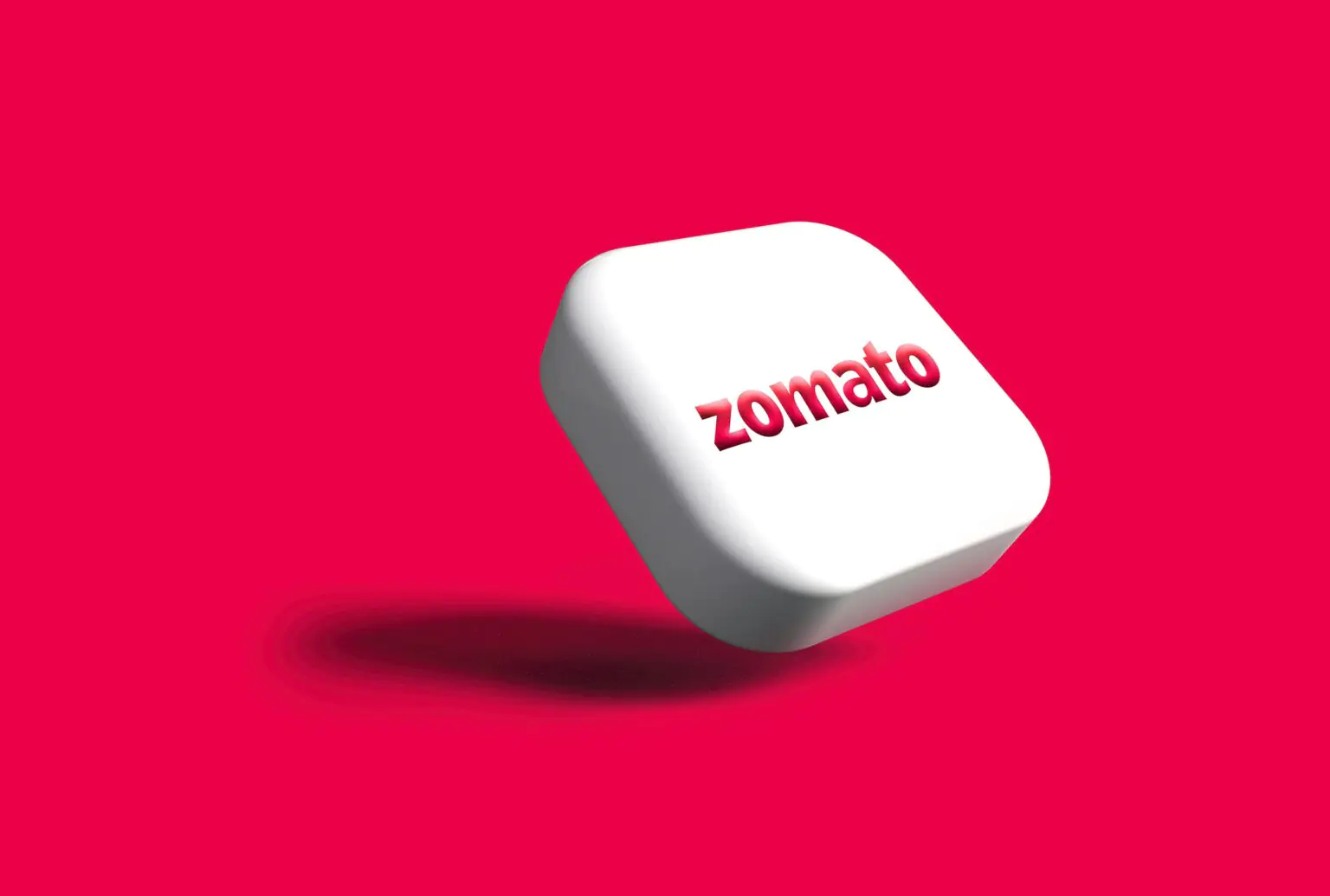Over Molding: The Game-Changing Manufacturing Technique for Superior Products

In today's competitive manufacturing landscape, companies constantly seek ways to improve product quality, functionality, and user experience. Over molding has emerged as a transformative solution, enabling the creation of multi-material components with enhanced durability, ergonomics, and aesthetic appeal. This advanced manufacturing process bonds different materials together seamlessly, eliminating the need for secondary assembly operations while delivering superior product performance.
From medical devices to consumer electronics, over molding solves complex design challenges that traditional manufacturing methods cannot address. In this comprehensive guide, we'll explore how over molding works, its key advantages, material selection strategies, and real-world applications across industries.
Understanding Over Molding Technology
Overmolding is a specialized injection molding process that combines two or more materials into a single integrated component. The technique involves molding a substrate material (typically rigid plastic or metal) and then encapsulating it with a secondary material (often a soft elastomer or rubber). This creates parts with unique properties that would be impossible to achieve with single-material molding.
1. The Over Molding Process Explained
The process typically occurs in two stages:
-
The base substrate is molded or prepared
-
The over mold material is injected to bond with the substrate
Modern manufacturers use two primary methods:
-
Two-shot molding: Uses a single machine with multiple injection units
-
Insert molding: Requires loading pre-made substrates into a second mold
2. Material Bonding Mechanisms
Successful over molding depends on establishing a strong bond between materials through:
-
Mechanical interlocking (undercuts, textures, or perforations)
-
Chemical bonding (material compatibility at molecular level)
-
Thermal bonding (controlled heating of substrate before over molding)
3. Critical Process Parameters
Key factors affecting over molding quality include:
-
Substrate surface temperature
-
Injection pressure and speed
-
Cooling rate differentials
-
Mold design and gate locations
4. Common Production Challenges
Manufacturers must address:
-
Material compatibility issues
-
Thermal expansion differences
-
Bond strength consistency
-
Cycle time optimization
Why Manufacturers Choose Over Molding
The unique advantages of over molding make it indispensable for many applications:
1. Unmatched Product Durability
Creates permanent bonds between materials that outperform glued or mechanically fastened assemblies. Ideal for products exposed to vibration, impact, or frequent use.
2. Enhanced User Experience
Enables soft-touch surfaces, improved grip, and ergonomic designs for:
-
Medical instruments
-
Power tools
-
Consumer electronics
-
Automotive controls
3. Cost-Efficient Production
Reduces assembly steps, labor costs, and inventory complexity by creating finished components in a single operation.
4. Design Innovation Freedom
Allows for:
-
Multi-color combinations
-
Embedded branding elements
-
Functional zones with different material properties
-
Seamless environmental seals
Material Selection Strategies for Over Molding
Choosing compatible materials is critical for successful over molding applications:
1. Substrate Material Options
Common rigid materials include:
-
ABS (excellent balance of properties)
-
Polycarbonate (high impact resistance)
-
Nylon (chemical and heat resistant)
-
Metals (for insert molding applications)
2. Over Mold Material Choices
Popular flexible materials feature:
-
TPE/TPU (versatile rubber-like options)
-
Silicone (medical and food grade)
-
LSR (precision liquid silicone rubber)
-
Specialty compounds (conductive, flame-retardant)
3. Ensuring Material Compatibility
Follow these best practices:
-
Consult material bonding databases
-
Conduct peel and shear tests
-
Consider bonding promoters
-
Evaluate environmental resistance
4. Emerging Material Innovations
New developments include:
-
Bio-based TPEs
-
Self-healing elastomers
-
Conductive hybrids for smart devices
-
Recyclable material combinations
Industry-Specific Applications of Over Molding
Over molding delivers unique solutions across diverse sectors:
1. Medical Device Manufacturing
Critical for:
-
Non-slip surgical instrument handles
-
Cushioned wearable health monitors
-
Sealed housings for diagnostic equipment
-
Tactile buttons on drug delivery devices
2. Consumer Electronics
Enables:
-
Waterproof smartphone seals
-
Shock-absorbing laptop edges
-
Comfortable headphone cushions
-
Durable game controller grips
3. Automotive Components
Essential for:
-
Vibration-resistant control knobs
-
Sealed electrical connectors
-
Comfortable steering wheel covers
-
Durable interior trim pieces
4. Industrial Equipment
Provides:
-
Anti-slip power tool handles
-
Impact-resistant meter housings
-
Sealed controls for outdoor use
-
Comfortable hand tools
Designing for Successful Over Molding
Follow these engineering best practices to optimize your over molded products:
1. Wall Thickness Guidelines
-
Maintain consistent over mold thickness (1-3mm typical)
-
Avoid abrupt transitions that cause sink marks
-
Balance rigid/flexible section ratios
2. Bonding Surface Design
-
Incorporate mechanical locking features
-
Specify optimal surface roughness (Ra 2-5μm typically)
-
Design adequate overlap areas
3. Gate and Flow Considerations
-
Position gates to ensure complete filling
-
Avoid flow lines in critical areas
-
Balance multi-cavity molds carefully
4. Prototyping and Testing
Essential validation steps:
-
3D printed prototype molds
-
Bond strength testing
-
Environmental aging tests
-
Functional performance trials
The Future of Over Molding Technology
Emerging trends are expanding over molding possibilities:
-
Industry 4.0 Integration: Real-time process monitoring with IoT sensors
-
Sustainable Solutions: Bio-compatible and recycled material systems
-
Micro-Over Molding: Precision applications for miniature components
-
Hybrid Processes: Combining over molding with other techniques like IMD
Conclusion: Is Over Molding Right for Your Project?
Over molding offers manufacturers unparalleled opportunities to create innovative, high-performance products that stand out in competitive markets. While the process requires careful material selection and mold design, the benefits in product quality, user experience, and manufacturing efficiency make it an increasingly popular choice.
For companies considering over molding, partnering with an experienced manufacturer is crucial. Look for suppliers with:
-
Proven expertise in multi-material molding
-
Comprehensive material testing capabilities
-
DFM (Design for Manufacturing) support
-
Quality control systems for consistent bonding
What's Your Reaction?

















